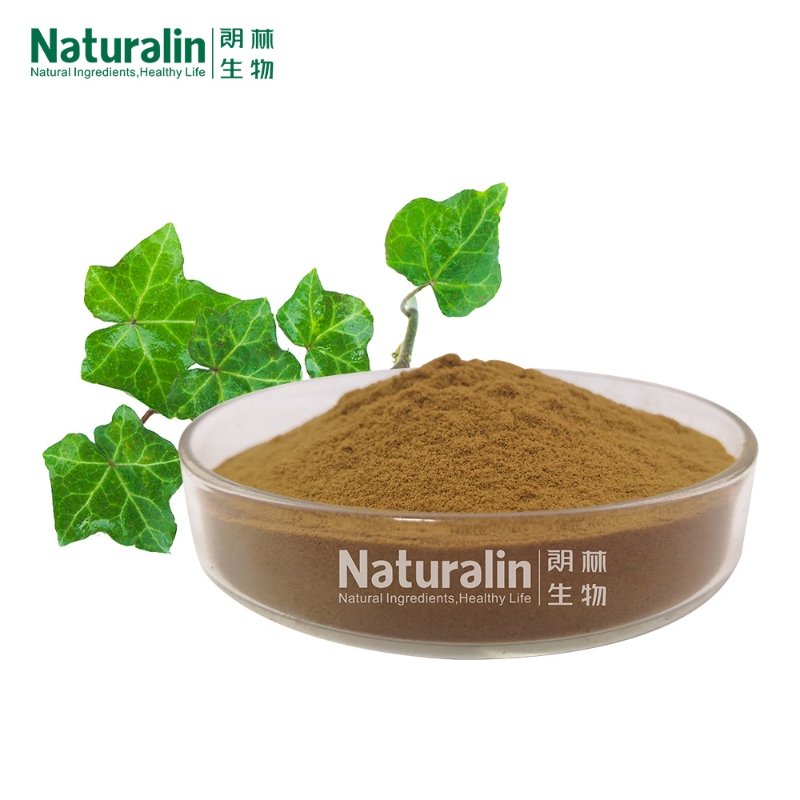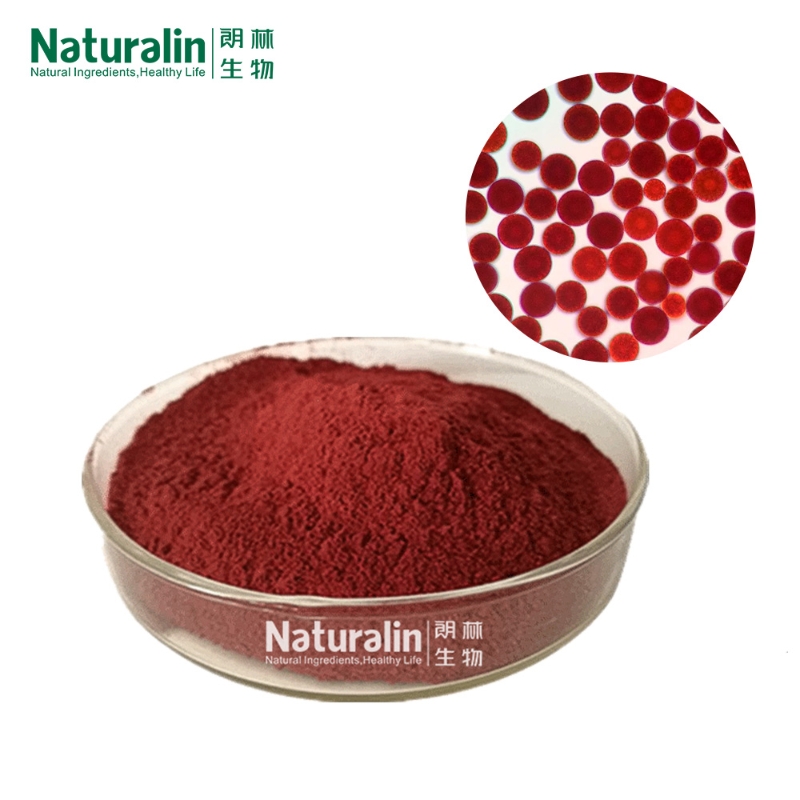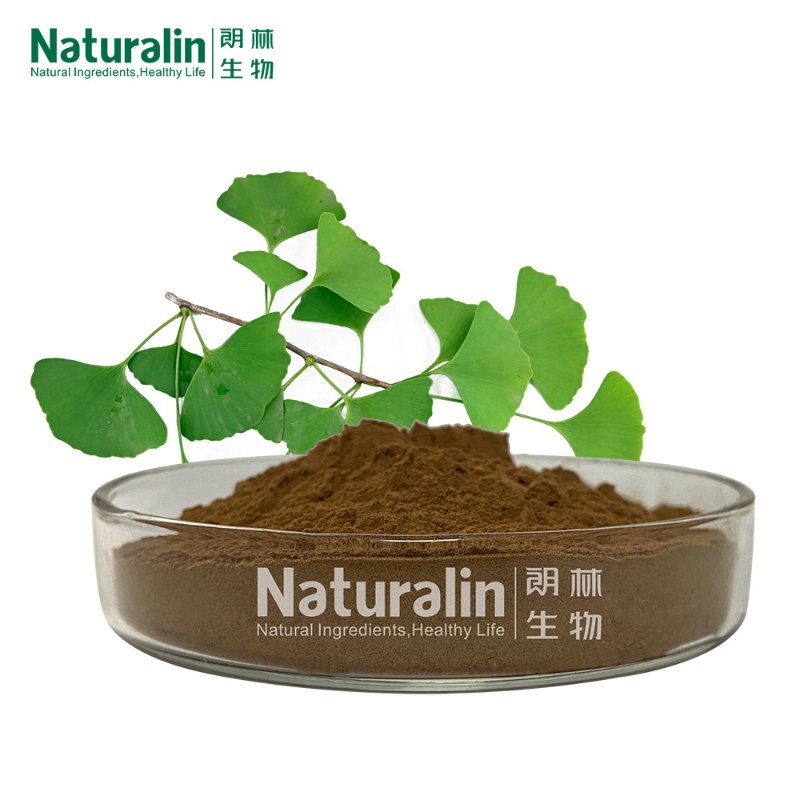-
Categories
-
Pharmaceutical Intermediates
-
Active Pharmaceutical Ingredients
-
Food Additives
- Industrial Coatings
- Agrochemicals
- Dyes and Pigments
- Surfactant
- Flavors and Fragrances
- Chemical Reagents
- Catalyst and Auxiliary
- Natural Products
- Inorganic Chemistry
-
Organic Chemistry
-
Biochemical Engineering
- Analytical Chemistry
-
Cosmetic Ingredient
- Water Treatment Chemical
-
Pharmaceutical Intermediates
Promotion
ECHEMI Mall
Wholesale
Weekly Price
Exhibition
News
-
Trade Service
infusions in the ligaments of plants
the
of organic nutrients, such as sugar,
protein
etc. It is made up of a series of living sieve molecules connected to each other. Each sieve molecule is a long thin-walled cell that matures and the nucleation of the cell disappears. There are many small holes in the cross-wall connected between the sieve molecules, which are sieve-shaped and called sieve holes. An area with a perforated wall, called a sieve field. The protosomes of adjacent cells communicate the transport of nutrients between sieve molecules by connecting the protosite wires within the holes. Sieve domains are also often present on the side walls of sieve molecules. The sieve area on the cross wall often has a certain degree of specialization, the perforation of the perforation of the perforation is larger, and the contact rope is thicker, called the sieve plate. If there is only one sieve domain called a single sieve plate, consisting of several sieve domains is called a sieve plate. The protosites of the young sieve tubes are similar to other thin-walled cells and have cytestics, nucleoches, and various cytogenes. Significant changes occur after maturation and cell nucleation occurs. Sometimes the nuclei move into the cytoste, the blister membrane disappears, and the cell fluid merges with the cytoste. General sieve life less than a year to lose function, when replaced by the newly formed sieve tube. However, some plants are different, such as the sieve tube at the base of the king brown stem, which can function for up to 100
years. Generally sieve molecules next to one or several companion cells, it is accompanied by a sieve tube, in development and sieve molecules from the same mother cell, physiological function and sieve tube is also closely related. The sieve molecules and their adjacent companions are connected by many cells, which are related to the transport of nutrients.







